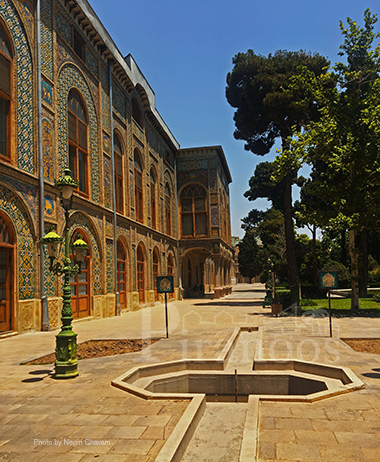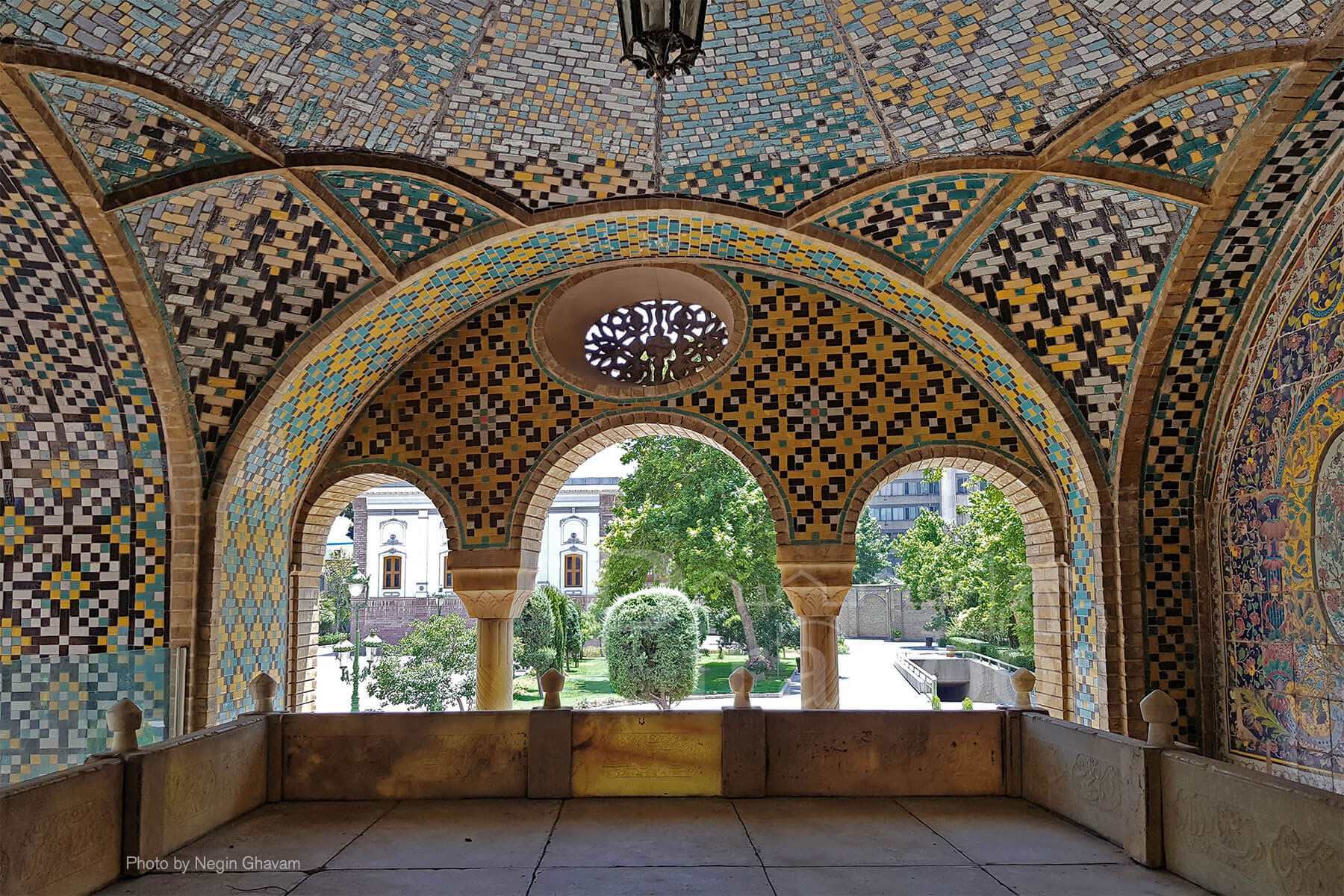The international heritage of Golestan Palace, standing throughout almost half a millennium.
The original citadel was established in 1609 by king Abbas, the Great. But the enclosure that we know today, was built during the Zand dynasty.
After defeating them, Agha Mohammad Khan chose Tehran as his capital. The coronation ceremony increased the importance of the citadel. Due to several trips to Europe, His grandson, Naser, ordered remarkable and frequent constructions in the area. The coronation of the last Pahlavi king was the last grand event held in the palace.


The palace includes several mansions such as:
Divan Khaneh: The oldest building in the complex which was the main room to “The Marble Throne”, one of the most artistic stone carvings in Iran. There are also several paintings of Iranian kings, hanging in that hall.
Salam Hall: The most spacious hall in the complex. It was originally used for formal ceremonies and greetings to the king. The hall has been turned into a museum of paintings and antiques.
Ayene (mirror) Hall: An astonishing piece of art itself! The whole room is beautifully covered with lots of tiny mirrors.
Howz Khaneh( The Pond House): The summer accommodation for the royal family with a unique cooling system providing their comfort.
Brilliant Hall: which is named after the masterful mirror work of the room and its chandeliers.
Abyaz (white) palace: was build by Naser al-Din shāh to keep the royal gifts, since all the other rooms and halls were fully used by the residents. It’s called Abyaz (White) because of the white marble staircase and also the outer view of the palace. At first, the sessions of Cabinet were held in this mansion and now, it’s been turned into an anthropology museum.
Shams-of- Emareh: The Throne of the king!
The most important structure of the complex is a 5 story building, 35 meters high, used to be the tallest building in the city and the only one with metal structure back in 1867.
The decoration and design of the palace are Persian tiles but also you can detect the influence of western architecture.
There is a unique clock shining on top of the porch. It was a gift from Queen Victoria to Naser Ol Din Shāh.
The handcrafted decorations of the walls and ceilings are magnificent, a combination of Persian and western methods, all together.